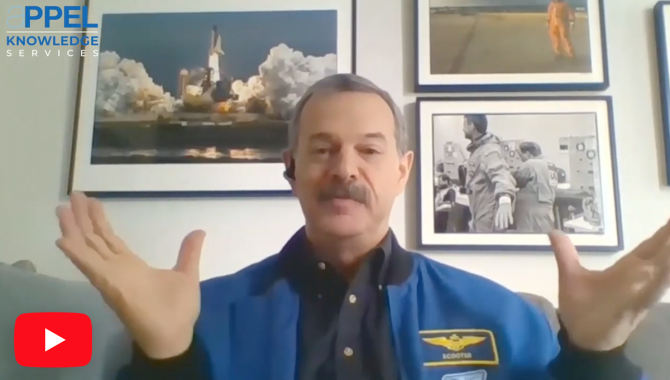
A good leader can enhance a team’s performance using trust and humility.

A good leader can enhance a team’s performance using trust and humility.
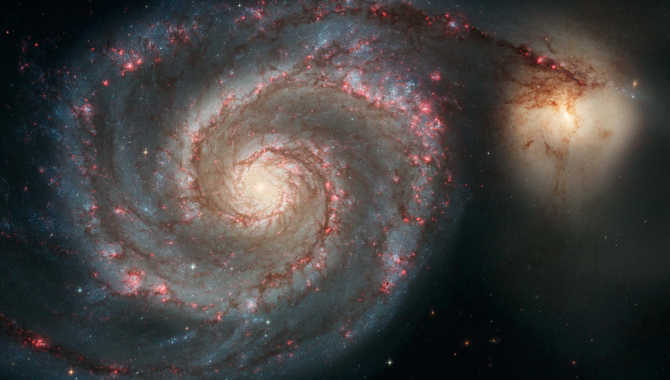
Astronomers will use Webb to continue the long search for early galaxies.
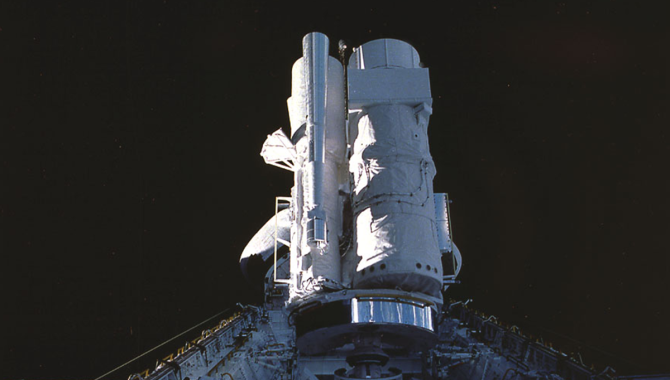
STS-35 was the first mission devoted exclusively to astronomy.
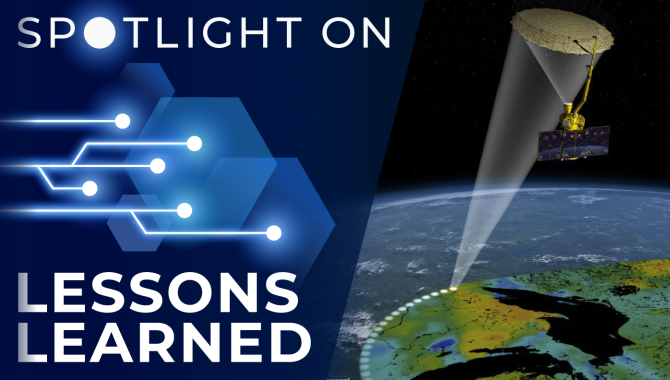
Testing and investigation identified an unexpected over-voltage condition as the proximate cause of failure of the radar instrument portion of the Soil Moisture Active Passive mission.
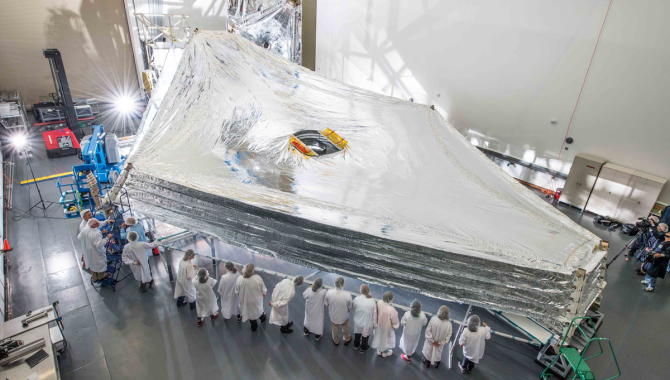
Observatory will unfold massive sunshield, mirror in space.
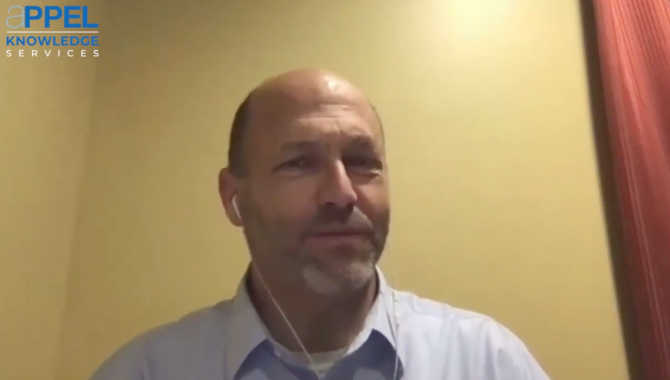
Learn to ask good questions to gather important details about a project.
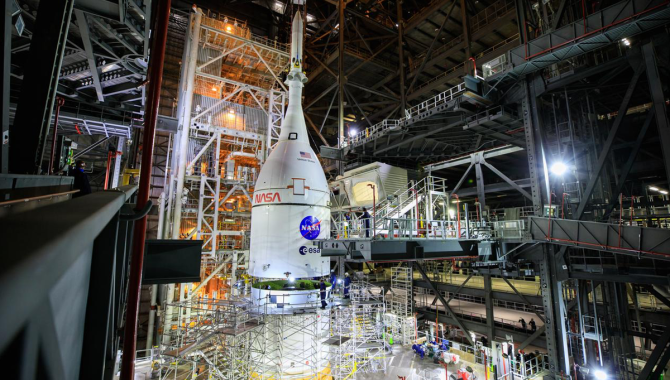
Team preparing massive rocket for wet dress rehearsal.
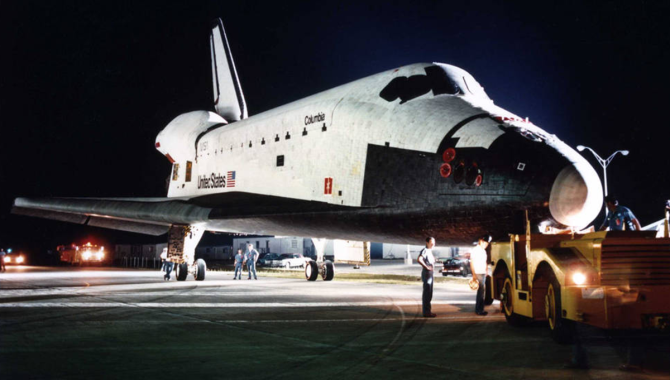
Crew of STS-2 works through the night on shortened mission.
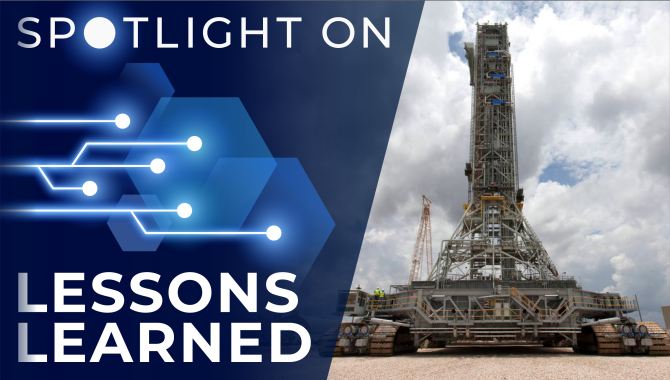
Redundancy and failure analysis should extend beyond end items and the subsystem under design and consider potential failure scenarios for all relevant interfacing subsystems.